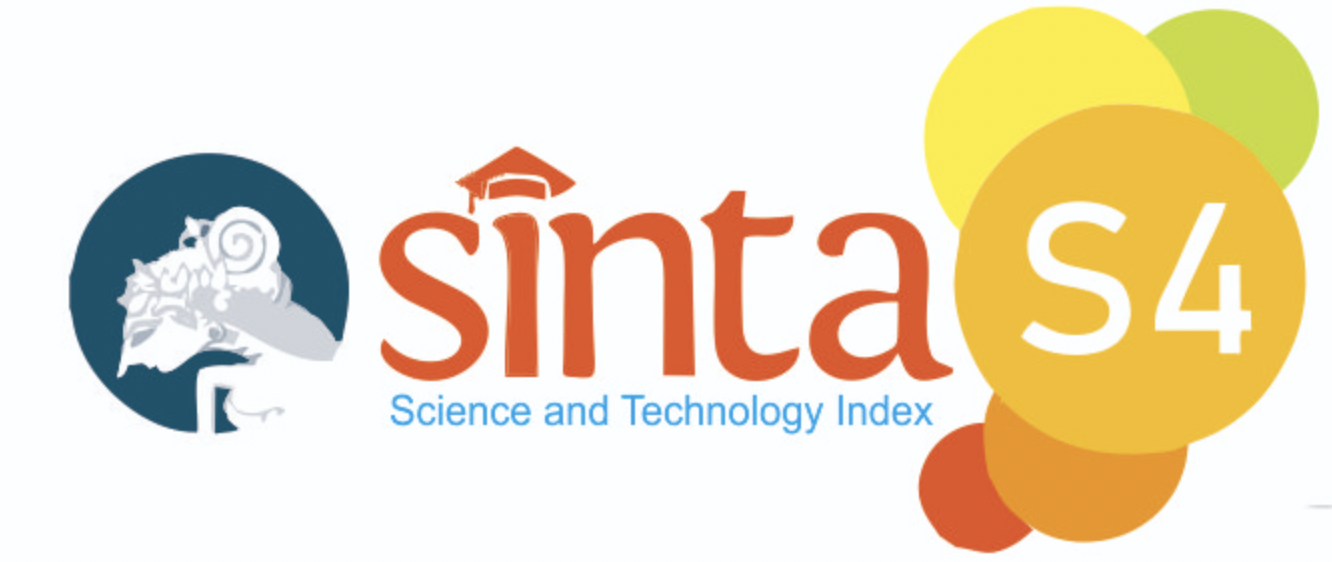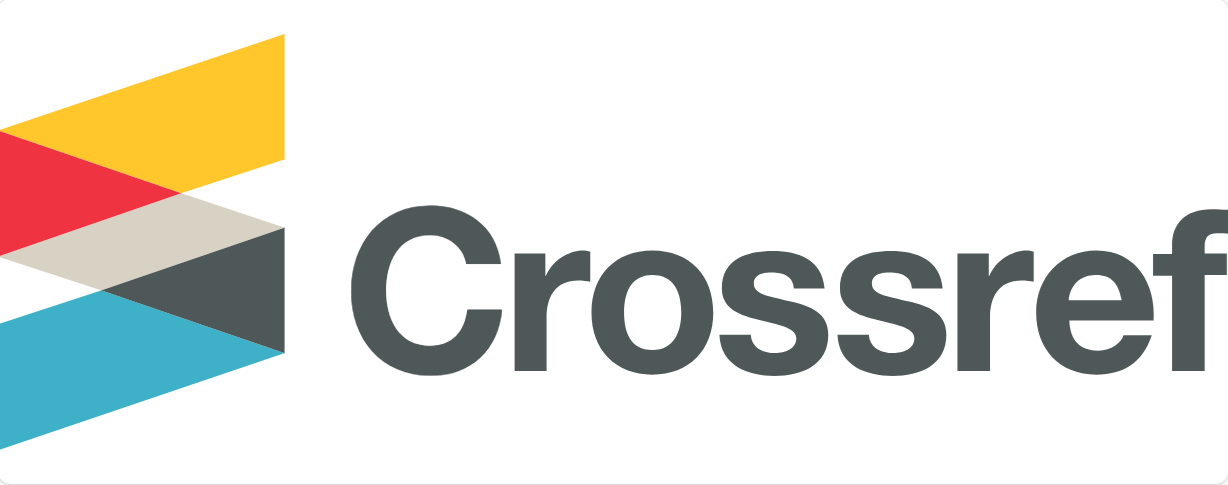Abstract
This article discusses information audit process in the book carrier service unit of Bank Pustaka Library. The purpose of this study was to see flow of information on the book carrier services, to identify effectiveness of work instructions for book carrier services and to identify information needs in the book carrier service unit. This research used a qualitative approach with a case study method. The data collection was conducted by interview, observation, and document analysis. The study results found that there was miscommunication between the coordinator and staff in providing work instructions, work instructions of the book carrier service were not delivered to the book carrier guard staff, the selection of collections contained in the book carrier cart was not adjusted yet to the information needs of the users in the work unit to be visited, and there was duplication related to the collections in the book carrier cart every week.
Bahasa Abstract
Penelitian ini membahas mengenai proses audit informasi pada unit layanan book carrier di Perpustakaan bank Pustaka. Tujuan penelitian ini untuk melihat alur informasi pelaksanaan layanan book carrier, mengidentifikasi efektifitas instruksi kerja layanan book carrier dan mengidentifikasi kebutuhan informasi pada unit layanan book carrier. Penelitian ini menggunakan pendekatan kualitatif dengan metode studi kasus. Pengumpulan data dilakukan dengan wawancara, observasi, dan analisis dokumen. Hasil penelitian ditemukan miscommunication antara koordinator dan staf dalam pemberian arahan pelaksanaan, tidak tersalurnya instruksi kerja layanan book carrier kepada staf penjaga book carrier, pemilihan koleksi yang terdapat pada gerobak book carrier masih belum disesuaikan dengan kebutuhan informasi pengguna yang terdapat pada satuan kerja yang akan dikunjungi, dan masih sering terjadinya duplikasi terkait koleksi yang terdapat pada gerobak book carrier setiap pekannya.
References
- Chalmers, M., Liedtka, T., & Bednar, C. (2006). A library communication audit for the twenty-first century. Portal: Libraries and the Academy, 6(2), 185-195. doi: http://dx.doi.org/10.1353/pla.2006.0017
- Creswell, John W. (2014). Research design: qualitative, quantitative, and mixed methods approaches. 4th ed. California: SAGE Publication.
- Henczel, Susan. (2000). The information audit as a first step towards effective knowledge management: an opportunity for the special librarian. INSPEL, 34(3/4), 210-226. Retrieved from http://forge.fh-potsdam.de/ on September 20, 2014.
- Henczel, Susan. (2001). The Information Audit: a practical guide. Munchen: Saur. Diunduh dari www.onlinemag.net pada tanggal 1 Desember 2014.
- Henczel, S. (2006). Measuring and evaluating the library’s contribution to organisational success. Performance Measurement and Metrics, 7(1), 7–16. doi: 10.1108/14678040610654819
- Kilzer, Rebekah. (2012). Information Audit: Keys for Understanding the Academic Library. Technical Services Quarterly, 29(3), 200-206. doi: 10.1080/07317131.2012.681284
- Pickard, A Jane. (2013). Research methods in information. 2nd ed. Chicago: Neal-Schuman.
- Tali, M., & Mnjama, N. (2004). Information audit at the southern african development community (SADC) secretariat. Library Management, 25(4), 199-207. doi: http://dx.doi.org/10.1108/01435120410533783
- Thortnon, S. (2001). Information audits in Scammel, A. (Ed.), Handbook of Information Management, 8th ed., Aslib, London, pp. 129-43.
Recommended Citation
Fauziah, Kiki
(2020)
"Audit Informasi pada Unit Layanan Book Carrier Perpustakaan Bank Pustaka,"
Jurnal Ilmu Informasi, Perpustakaan dan Kearsipan: Vol. 22:
No.
2, Article 5.
DOI: 10.7454/JIPK.v22i2.005
Available at:
https://scholarhub.ui.ac.id/jipk/vol22/iss2/5
Included in
Archival Science Commons, Collection Development and Management Commons, Information Literacy Commons







